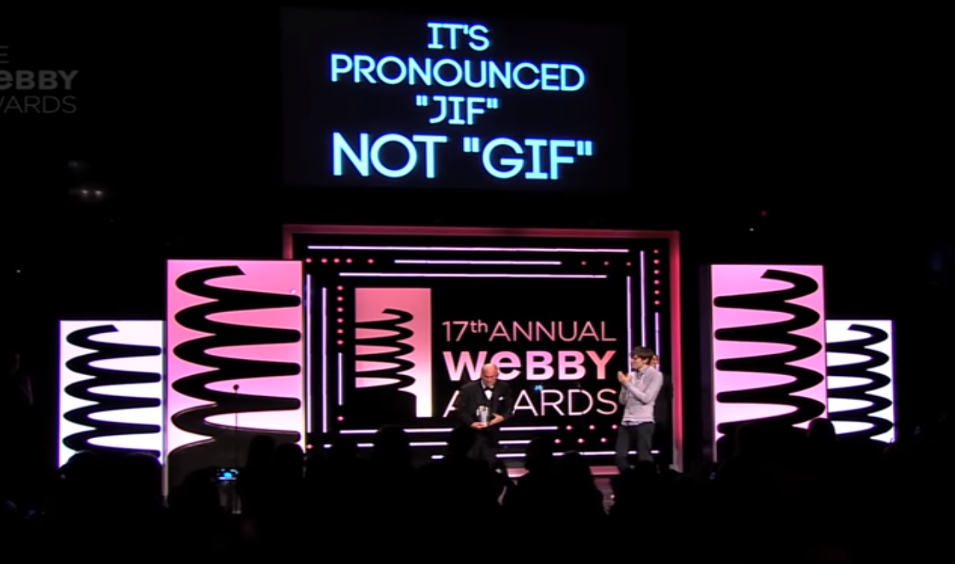Reflection of the week: Important Moment in Internet History (GIFs)
By Jesse van der Merwe,
The History of the "GIF"
The GIF was invented by Steve Wilhite and his team at CompuServe (a tech giant company in 1987)
because there was no way to share an image file without taking up too much of the computer’s memory.
Wilhite invented a way of using a compression algorithm, along with image parameters
(specifically the number of available colours) in order to allow a computer to display an image with
very
little memory used. This image compression format could be used to exchange images between computers,
and thus the “Graphics Interchange Format” (GIF) was created.

The very first colour picture online was a GIF, in fact the first GIFs were only images, however, soon a looping video (images that were strung together) was created. The GIF was soon the standard image format online, and many GIF supporting software was written based on the source code released by CompuServe (apparently after reading about the LZW algorithm below in a magazine article [1]). However, most of these developers didn’t even know that there was a patent pending: A specific compression algorithm, the Lempel-Ziv-Welch algorithm (LZW), was revolutionary as it allowed for the identification of repeating patterns to be simplified – thus allowing for lossless compression. This is done through allowing computers to almost ‘combine’ pixels. To explain this, a simple example using words, will be used; two pixels called “blue and white”, become one pixel called “blite”. This LZW algorithm was under patent by a company called Unisys Corp. CompuServe did not know about this pending patent and distributed the gif algorithm freely. It was decided, in 1995, that Unisys Corp and CompuServe would bind together to charge a small royalty for any software that used the LZW algorithm. This included TIFF and PDF image formats.
The reason why I think the creation and history of the GIF is of social significance is due to the reaction of software developers to Unisys Corp’s patent; some developers simply created and started using a new file format (the PNG), while others gathered together in protest. On the 5th of November 1999, “Burn All GIFs” day was held where developers gathered to delete any GIF files that they had. This was one of the very first organized political protests held over a mere mathematical algorithm[2].
As hard as these developers tried, GIFs still held fast to the niche of animated images, and thus never truly died. Today, GIFs are protected from copyright claims by the fair use doctrine [2]. P.S. The International Olympic Committee unsuccessfully tried to ban GIFs from the 2016 Olympics.
References
- N. Lanxon, “The 50 most significant moments of Internet history,” Cnet, 22 January 2010. [Online]. Available: www.cnet.com. [Accessed 16 February 2020].
- L. Boissoneault, “A Brief History of the GIF, From Early Internet Innovation to Ubiquitous Relic,” Smithsonian Magazine, 2 June 2017. [Online]. Available: www.smithsonianmag.com. [Accessed 16 February 2020].
